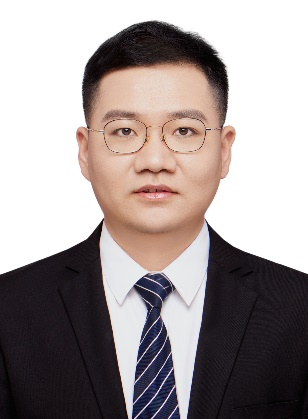Guest Editors
Prof. Zhanxiong Ma
Email: mazx@lzu.edu.cn
Affiliation: Colledge of Civil Engineering and Mechanics, Lanzhou University, China
Homepage:
Research Interests: Structural Health Monitoring; Heterogeneous Sensor Fusion; Computer Vision and Machine Learning; Millimetre Wave Radar Remote Sensing; Non-Contact Intelligent Sensing

Prof. Hoon Sohn
Email: hoonsohn@kaist.ac.kr
Affiliation: Department of Civil & Environmental Engineering, KAIST
Homepage:
Research Interests: Structural Health Monitoring; Nondestructive Testing; Sensing Technologies; Statistical Pattern Recognition

Summary
Non-contact sensing has emerged as a transformative approach in civil infrastructure health monitoring, offering efficient, accurate, and non-invasive solutions for assessing structural integrity across diverse environments. By harnessing advanced technologies such as LiDAR scanning, radar interferometry, computer vision, and UAVs, non-contact sensing enables comprehensive monitoring and proactive maintenance of critical infrastructure systems.
This special issue aims to highlight state-of-the-art advancements, innovative methodologies, and real-world applications of non-contact sensing in the health monitoring of civil infrastructures. Contributions are invited on topics including, but not limited to:
1. Advanced non-contact sensing techniques using radar, optical systems, LiDAR, etc.
2. Smart integrated sensing systems combining multiple remote sensing modalities.
3. Intelligent data-driven techniques for enhanced analysis and decision-making.
4. Practical applications in monitoring bridges, high-rise buildings, tunnels, and other structures.
By bridging research innovations with practical implementations, this special issue seeks to advance the application of remote sensing technologies for improving the safety, resilience, and sustainability of infrastructure systems. Researchers, practitioners, and industry professionals are encouraged to submit original research, comprehensive reviews, and engineering applications that showcase breakthroughs and outline future directions in this this research field.
Keywords
Structural health monitoring, Non-contact sensing, Computer vision, Radar interferometry, LiDAR scanning, Data-driven damage monitoring
Published Papers